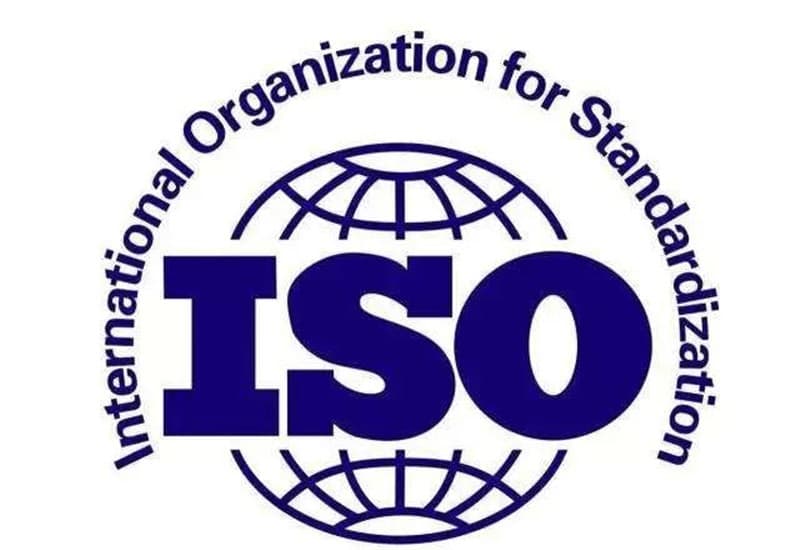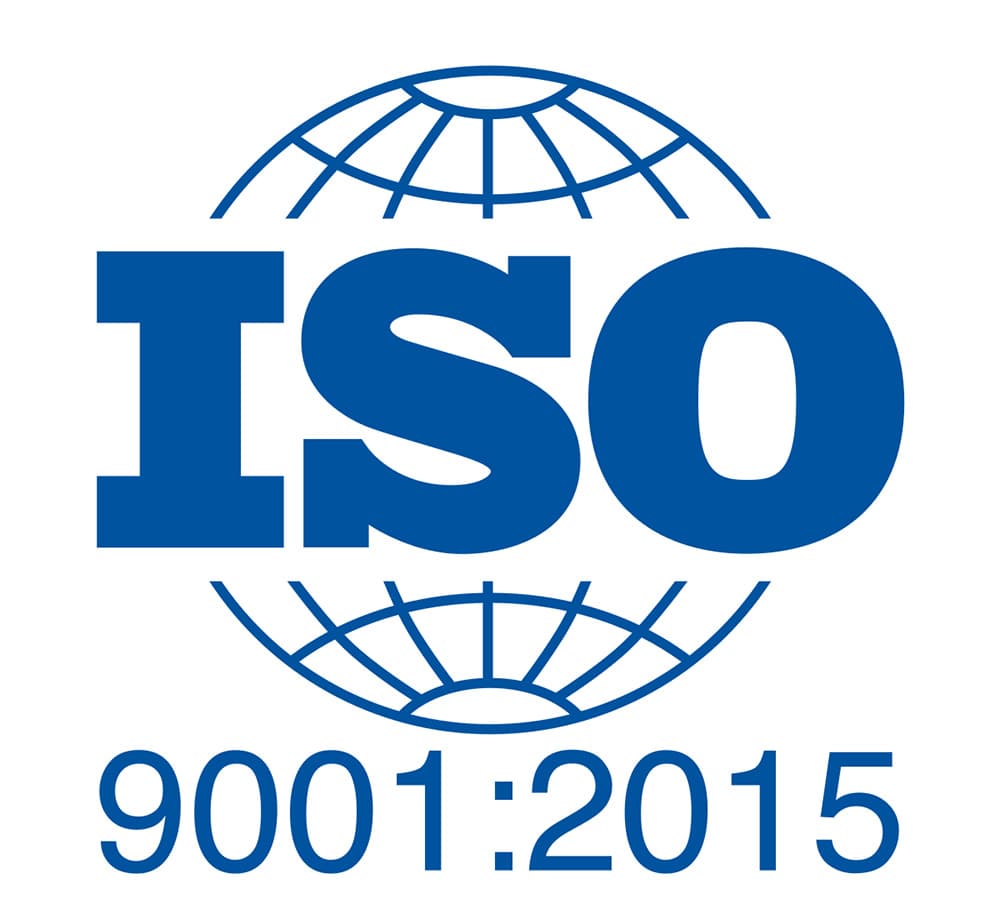Post at 24/05/2021
Building and maintaining the application of a quality management system according to the ISO 9001:2015 standard is now not too strange for businesses. This is a standard that sets requirements for an enterprise’s quality management system, helping businesses achieve efficiency, improve customer satisfaction and develop more sustainably. So what is ISO 9001:2015? How important is ISO 9001?
ISO was established on February 23, 1947. The headquarters of the ISO Secretariat is located in Geneva, Switzerland. As of 2018 ISO has 161 national standards bodies. Vietnam joined ISO in 1977, the 77th member of this organization.

ISO (abbreviated as International Organization for Standardization) – ISO International Standardization Committee. The ISO Committee is an independent non-governmental organization. The main task of the organization is to develop and issue standards. These standards often become statutory through agreements or national standards. As a result, the standard issued by ISO is valid worldwide.
The number of standards that ISO issues is more than 20,000 standards. This standard covers everything from product, manufacturing, and technology to food safety, agriculture and healthcare.
The ISO 9001 standard is one of the sets of standards issued by the ISO Committee.
ISO 9001 is part of ISO 9000, which is one of the most popular standards worldwide.
The full name of ISO 9001 is ISO 9001:2015 – Quality management systems – Requirements.
ISO 9001 is a Standard that sets out the principles, principles and requirements to establish a quality management system in an enterprise and applies to all types of businesses regardless of size or type. production, business or service.
In particular, the standard has mandatory provisions applicable to two fields: building materials and fertilizer production.

An improvement of ISO 9001:2015 compared to previous versions is the approach to risk-based thinking. This way of thinking will help the organization identify factors that can cause its management systems and processes to deviate from planned results. As a result, the organization can put in place preventive controls to minimize negative impacts and make the most of opportunities when they arise. The quality management system ISO 9001:2015 applies the process of “Plan – Do – Check – Act” to adjust the quality of goods and services.
1. Clearly define work – clear people – clear how to do
The organization needs to standardize the activities of the stages into operating procedures/instructions. Make sure every position in the organization understands the work they need to check, deploy and perform.
The leadership of the organization needs to decide to select and appoint a number of key recipients of the departments to establish an ISO Project Board to develop and apply ISO. The ISO project team needs to understand the work, responsibilities and rights of each person in each department to develop specific procedures/instructions that are best suited to each job position.
Operating procedures/instructions need to be specific and accurate. Divided into easy implementation steps, implemented for each position in the organization.
2. Standard procedures/guidelines that have been established must be followed
As a result, enterprises can control the production process and ensure stable product quality. Towards improving product quality.
1. Create a competitive advantage with competitors – increase the probability of winning the bid
Obtaining ISO 9001:2015 certification is a huge competitive advantage compared to competitors in promoting the brand image and quality of products/services of the business. ISO certificate is an opportunity for customers to receive bidding packages for large projects/enterprises. Because now, in addition to the provisions of many state bidding packages, many corporations or businesses require their partners to achieve ISO certification before agreeing to buy and receive products or services.
2. Create trust with customers/partners
About the quality of products/services of the business. An enterprise that has achieved ISO 9001:2015 certificate means that it has established a quality management system according to international standards. It is like a commitment to quality for customers and partners. From there, build trust, build a brand with the quality of the products that we bring.
3. Quality of products/services is guaranteed
Due to being managed scientifically and strictly by standards and requirements of an international quality management system. Help control input well, stabilize product/service quality. Improve the quality of sales service and continuously improve the quality of products/services.

4. Create a good and effective working environment
When applying ISO, procedures and work instructions are standardized -> managers and employees within the enterprise will understand what their work must be? Understanding their responsibilities and rights -> leading to stabilizing the production / service provision process and creating products or services of stable quality, reducing errors, waste products and failures.
5. Manage risk
When ISO is applied, awareness of risks and opportunities will be enhanced. Become a mandatory compliance requirement for each business. Therefore, enhancing the ability to be aware of risks and respond promptly to risks and incidents in each business.
Service
FOLLOW FANPAGE